The Anterior cranial fossa equals to anterior fossa and includes the olfactory bulb (Bulbus olfactorius) and the frontal lobe (Lobus frontalis) of the cerebrum. The anterior cranial fossa also has four openings through which blood vessels and nerves pass.
What is the anterior cranial fossa?
The anatomy refers to the anterior cranial fossa, which lies in front of the middle fossa cranii media and the rear fossa cranii posterior, as the fossa cranii anterior. They all belong to the base of the skull (base cranii interna). The frontal bone (frontal bone), ethmoid bone (ethmoid bone) and the small wing of the sphenoid bone participate in the formation of the anterior cranial fossa.
The latter represents part of the sphenoid bone (Os sphenoidale) and is accordingly also known under the Latin name Ala minor ossis sphenoidalis. In the anterior cranial fossa is the olfactory bulb (Bulbus olfactorius) and the frontal lobe (Lobus frontalis), which belongs to the cerebrum. Usually, the anatomy does not assign the olfactory bulb to the telencephalon, since the olfactory bulb differs greatly from the cerebral cortex in terms of its functionality and tasks.
Anatomy & structure
The frontal area of the cerebrum is located in the anterior cranial fossa. Its convolutions (gyri) and folds (sulci) are reflected in the Impressiones digitatae and the Juga cerebralia of the bone. There are four openings in the anterior cranial fossa.
The foramen caecum ossis frontalis is a blind opening in the frontal bone. In children, the emissary vein runs in this part of the anterior fossa. It connects various other blood vessels in the head. However, in most cases the foramen caecum closes as development progresses.
A second opening in the anterior cranial fossa forms the anterior ethmoid foramen, which is located at the border of the ethmoid and sphenoid bone. The anterior ethmoid artery (arteria ethmoidalis anterior) and the nervus ethmoidalis anterior lie in the depression. The posterior ethmoid foramen forms another opening in the anterior cranial fossa. Analogous to the anterior ethmoidal foramen, it includes the posterior ethmoidal artery, which branches off from the ophthalmic artery, and the posterior ethmoidal nerve. The ethmoid plate (lamina cribrosa or lamina horizontalis) has further openings and depressions, which the anatomy also belongs to the anterior cranial fossa. The olfactory threads (fila olfactoria) pass through them and pass on olfactory stimuli to the olfactory brain.
Function & tasks
The frontal lobe belongs to the cerebrum (telencephalon) or the neocortex. The lobe includes the motor cortex, which is responsible for controlling movement, and the prefrontal cortex. This participates in numerous cognitive processes, among other things in the planning and control of actions as well as the foresight of the action results, in working memory processes and in problem solving. In the anterior cranial fossa there is also the olfactory bulb (Bulbus olfactorius), which participates in olfactory perception.
The anterior ethmoid artery supplies ethmoid cells (Cellulae ethmoidales) in the paranasal sinuses with blood. The anatomy divides the ethmoid cells into three types (anterior, mediae and posteriores) according to their location, the anterior ethmoid artery being responsible for the anterior ethmoid cells and the media ethmoid cells. In addition, the meningeal branch branches off from the artery. Medicine also knows this branch as the anterior meningeal artery, as it leads to the hard meninges (dura mater). The nasal branch (ramus nasales) supplies the septum and the lateral wall of the nasal cavity.
The terminal branch of the anterior ethmoid artery then runs to the bridge of the nose. The anterior ethmoid nerve, which, like the anterior ethmoid artery, runs through the ethmoid foramen, belongs to the nasociliary nerve. It consists of sensitive fibers and innervates the tip and wings of the nose, the lateral wall of the nasal cavity and the anterior area of the septum. The fibers of the anterior ethmoid nerve end there at the cells of the mucous membrane. The posterior ethmoid nerve is also composed of sensitive fibers and supplies the sphenoid sinuses (sinus sphenoidales), which belong to the paranasal sinuses.
In addition, the posterior ethmoid nerve is responsible for the sensitive supply of the posterior ethmoid cells (Cellulae ethmoidales posteriores). The blood supply to these cells is taken over by the posterior ethmoid artery, which, like the anterior ethmoid artery, also supplies parts of the dura mater. In addition, the blood vessel supplies cells in the mucous membrane of the nasal cavity.
You can find your medication here
➔ Medicines for colds and nasal congestionDiseases
Damage to the anterior cranial fossa is often the result of injuries, for example as a result of an accident involving the head. This may damage the structures in the anterior cranial fossa.
Various pathological consequences can be the result, for example neurological and neurocognitive impairments in the case of a lesion of the frontal lobe: motor disorders, impairment of olfactory perception and many more. Injuries that only affect small areas of the frontal lobe can also affect working memory.
Not only external injuries, but also neurodegenerative diseases are possible causes of damage to the frontal lobe. Lesions on the blood vessels that run through the openings of the anterior cranial fossa can damage the neighboring nerve tracts and tissue structures and lead to corresponding failure symptoms.
People who suffer from schizophrenia tend to show peculiarities in the frontal lobe. Schizophrenia is a mental disorder belonging to the group of psychoses. Symptoms such as hallucinations, delusions and ego disorders belong to the diverse clinical picture. People with ego disorders find it difficult to distinguish between the ego and the environment: When thoughts are spread, for example, those affected have the impression that their own (unexpressed) thoughts “infect” other people. In addition, negative symptoms such as affective flattening, depressive mood, apathy or anhedonia often occur.

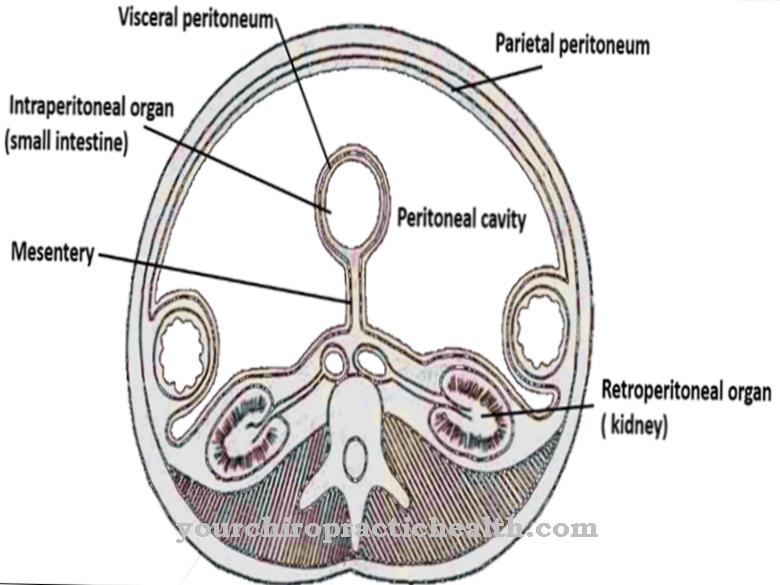
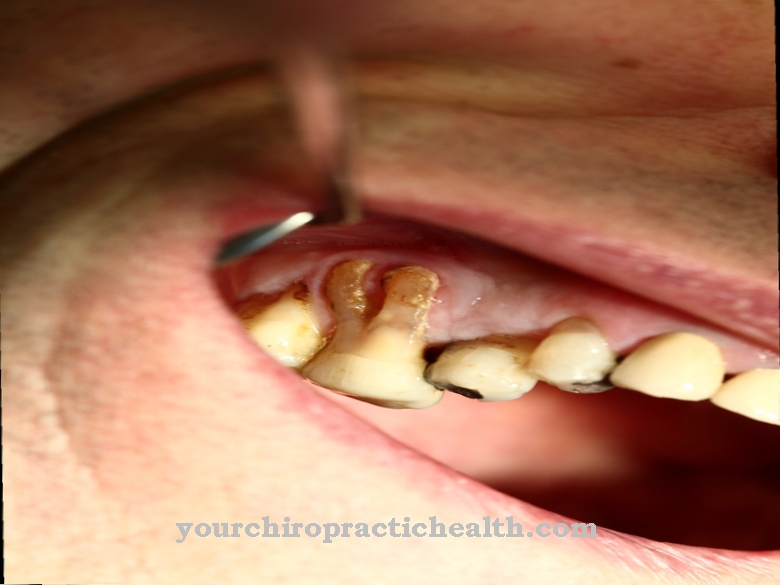
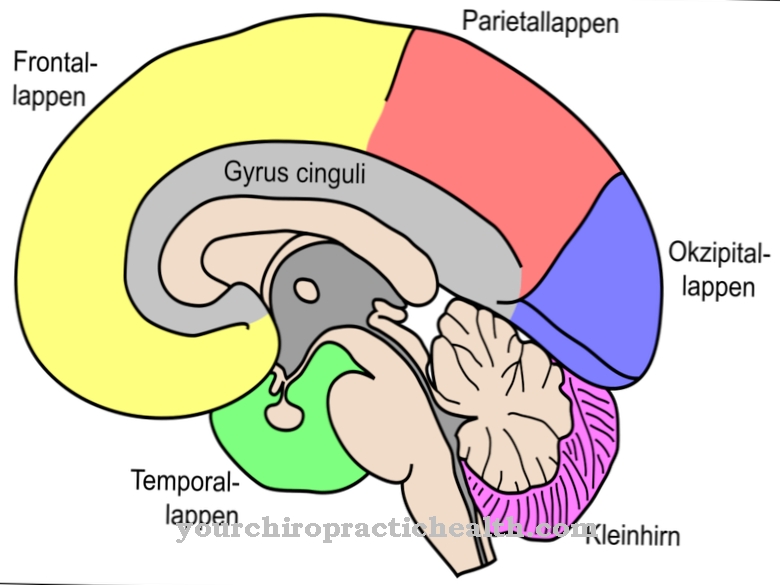
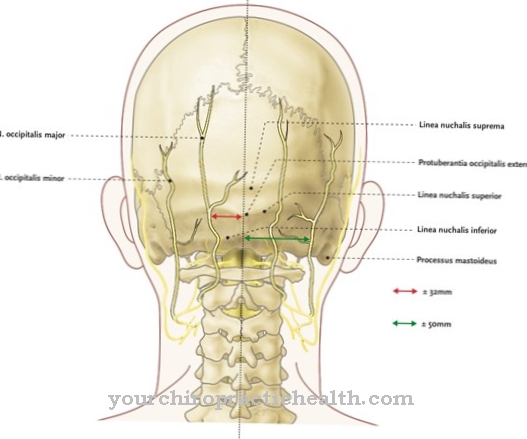
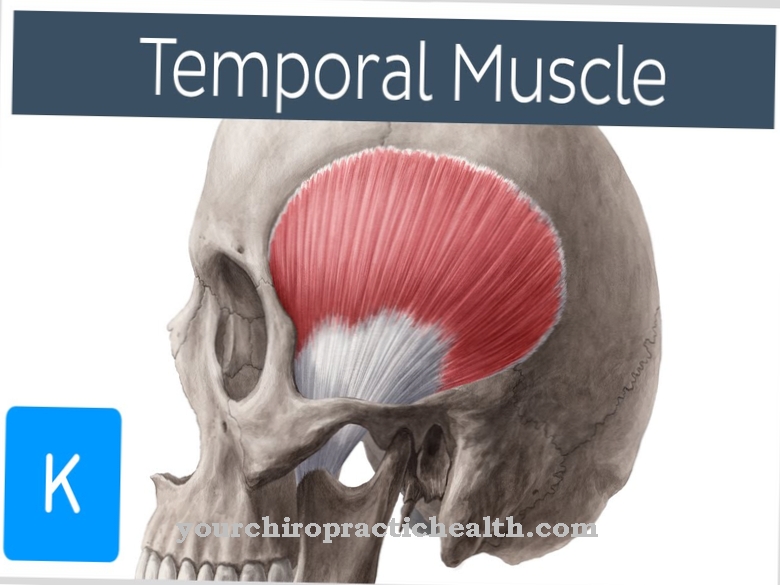
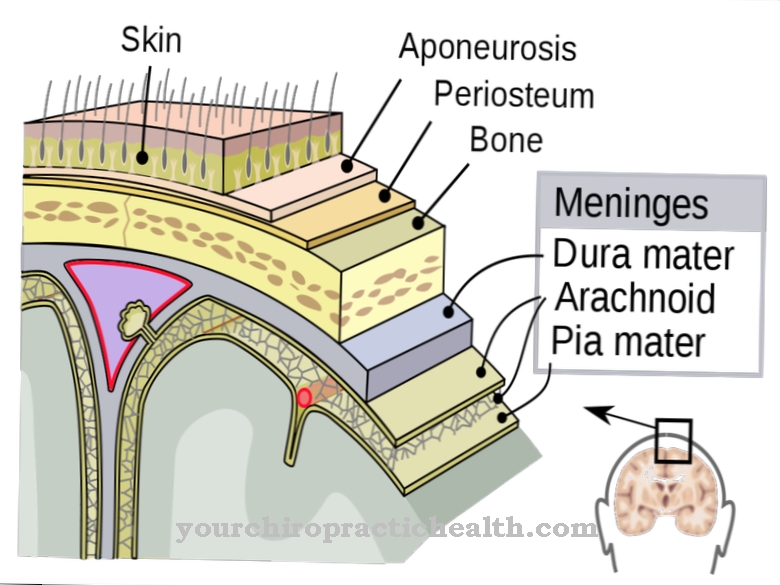


















.jpg)


